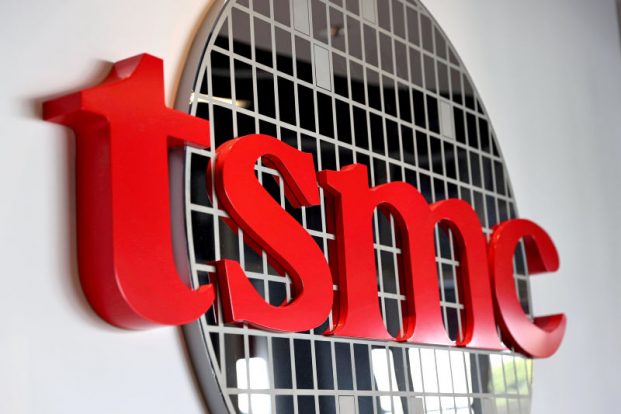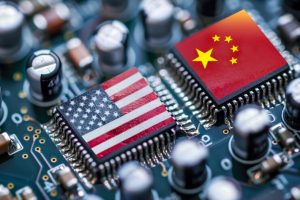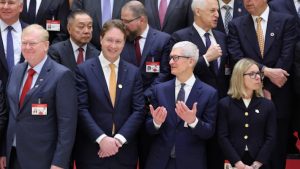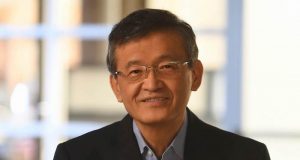Taiwan Semiconductor Manufacturing Co (TSMC) posted a 45% jump in quarterly net profit on Thursday, boosted by booming chip demand during the Covid-19 pandemic that has led to a global shortage of the critical components.
Net profit for January-March at TSMC, the world’s largest contract chipmaker and a major Apple supplier, rose to NT$202.7 billion ($7 billion) from NT$139.7 billion a year earlier.
That compared with the NT$184.67 billion average of 19 analyst estimates compiled by Refinitiv.
The company, which also has Qualcomm as a customer, has previously said it expected strong growth to accelerate in coming years due to robust demand for chips that power everything from smartphones to cars and lifted capital spending for this year.
TSMC’s revenue for the quarter climbed 36% to $17.57 billion, above the company’s prior estimated range of $16.6 billion to $17.2 billion.
The company has said it expected chip capacity to remain tight this year, a shortage of which has forced automakers and electronics manufacturers to cut production but keeping order books full at TSMC and other chipmakers.
Shares of TSMC have fallen about 6.8% so far this year, giving the firm a market value of $511.1 billion. The stock closed flat on Thursday, compared with a 0.3% fall for the benchmark index.
- Reuters, with additional editing by George Russell
READ MORE:
AF TV – China threat to TSMC: What worries the US
TSMC Japan Chip Factory Plan Expanded As Denso Takes Stake
Taiwan ‘Should Destroy TSMC’ If China Invades: US Strategists
























